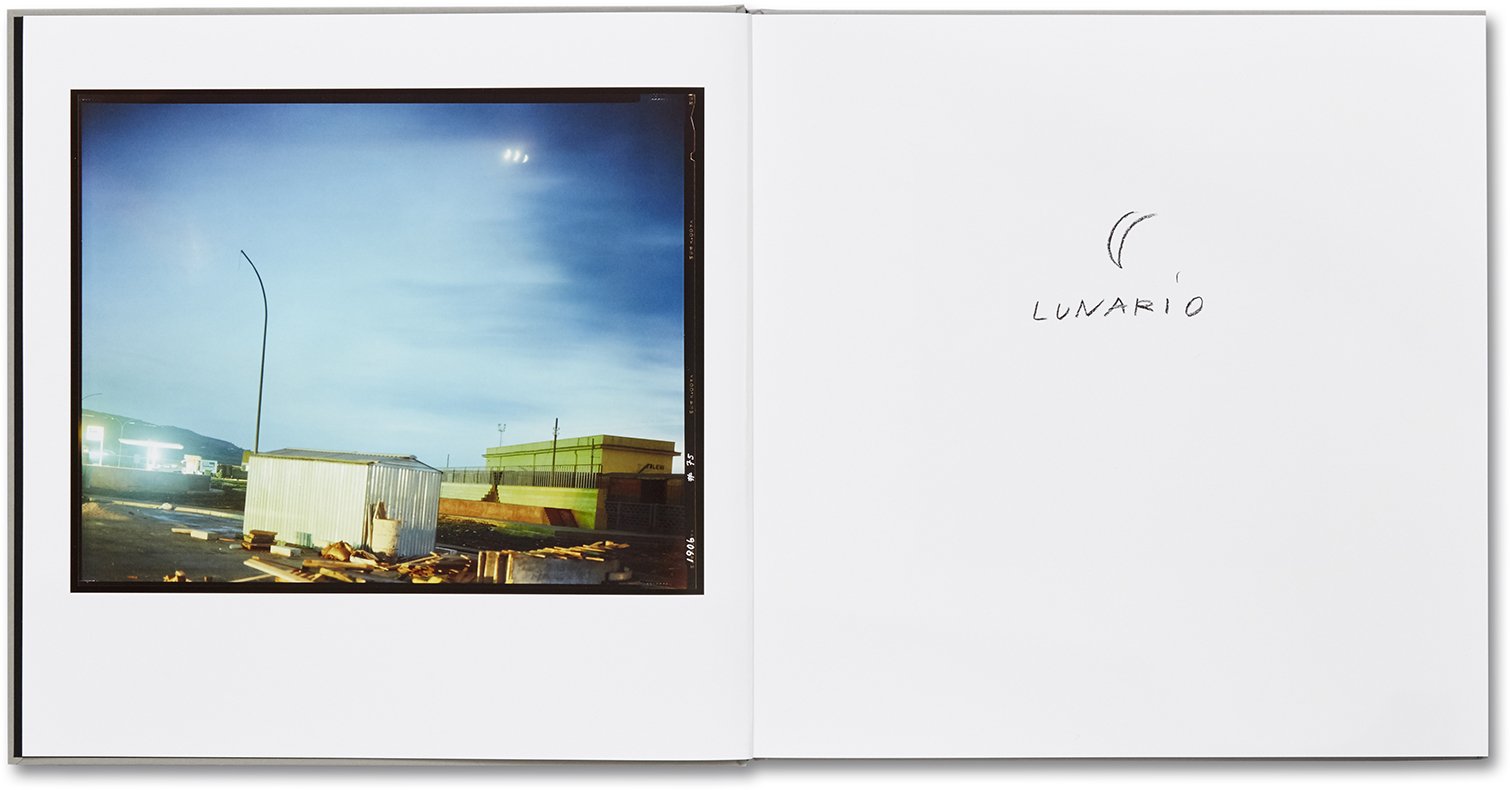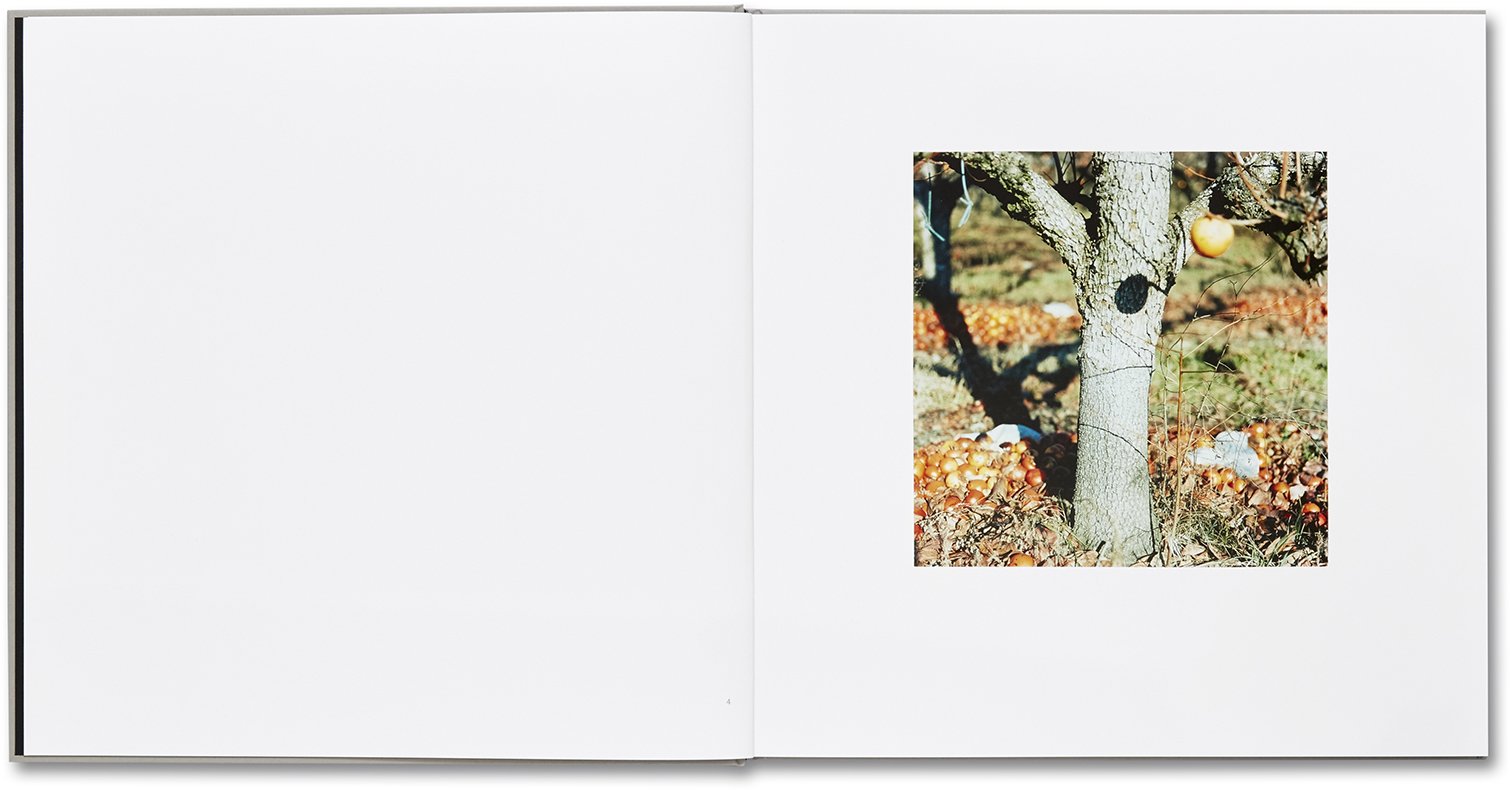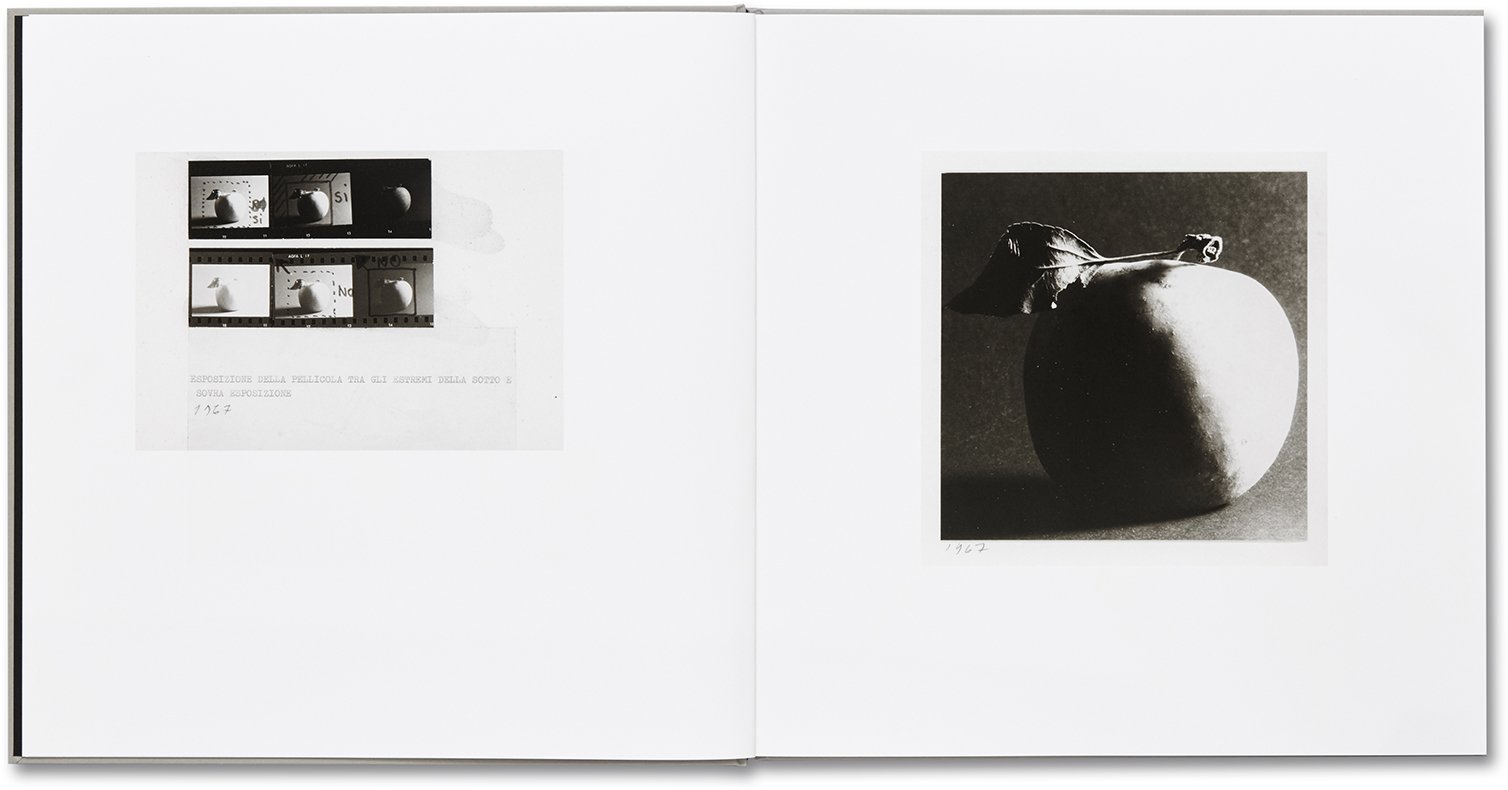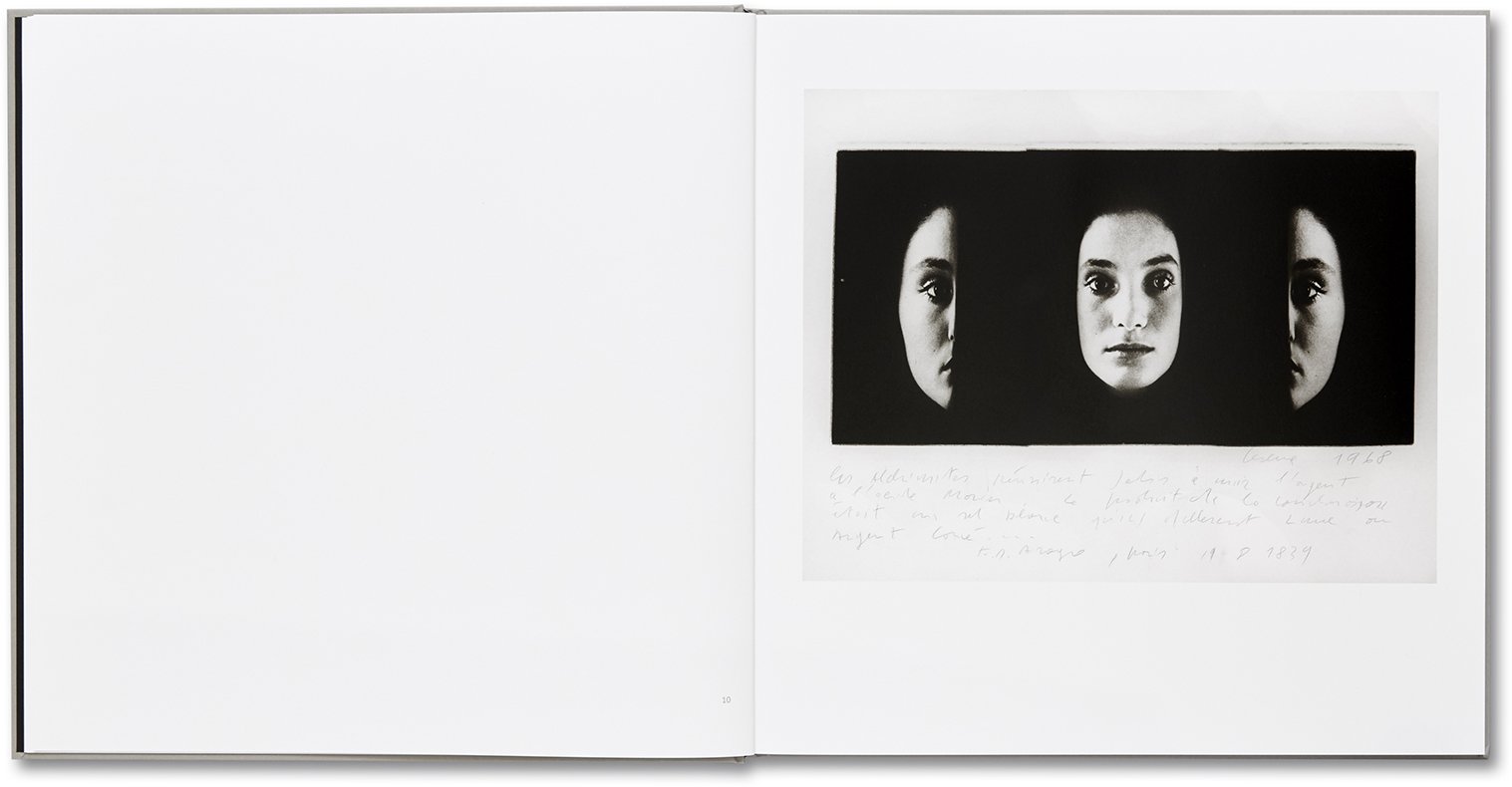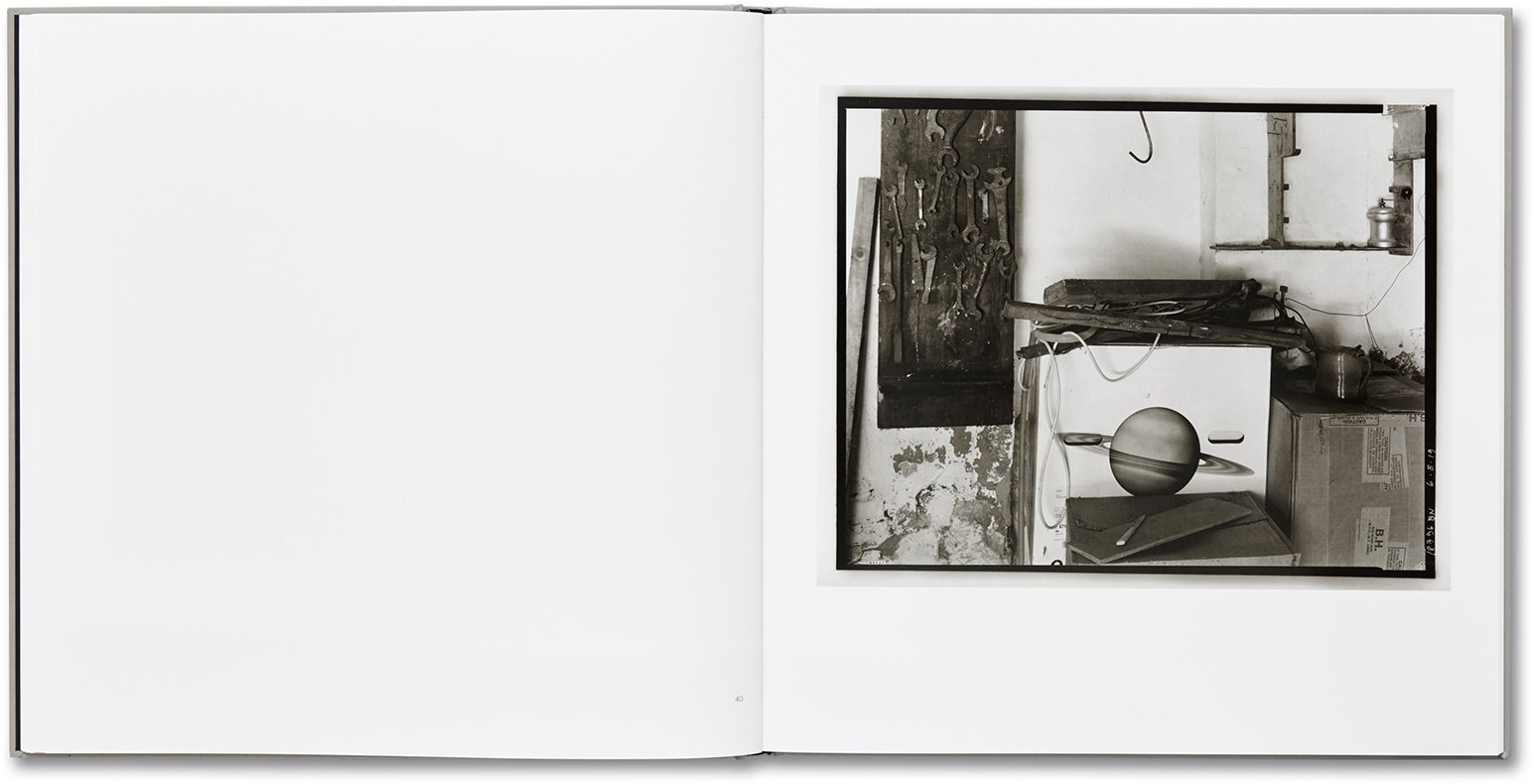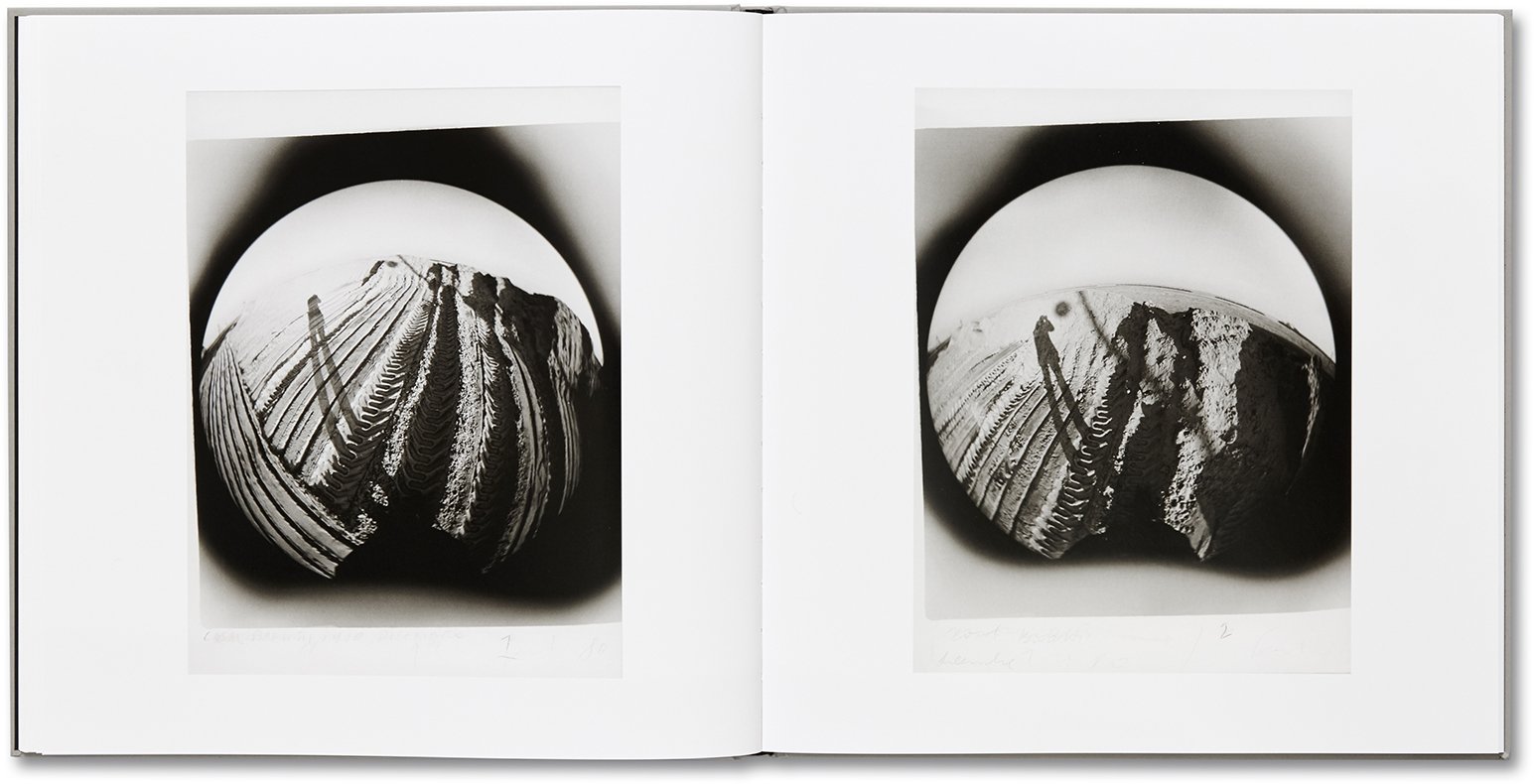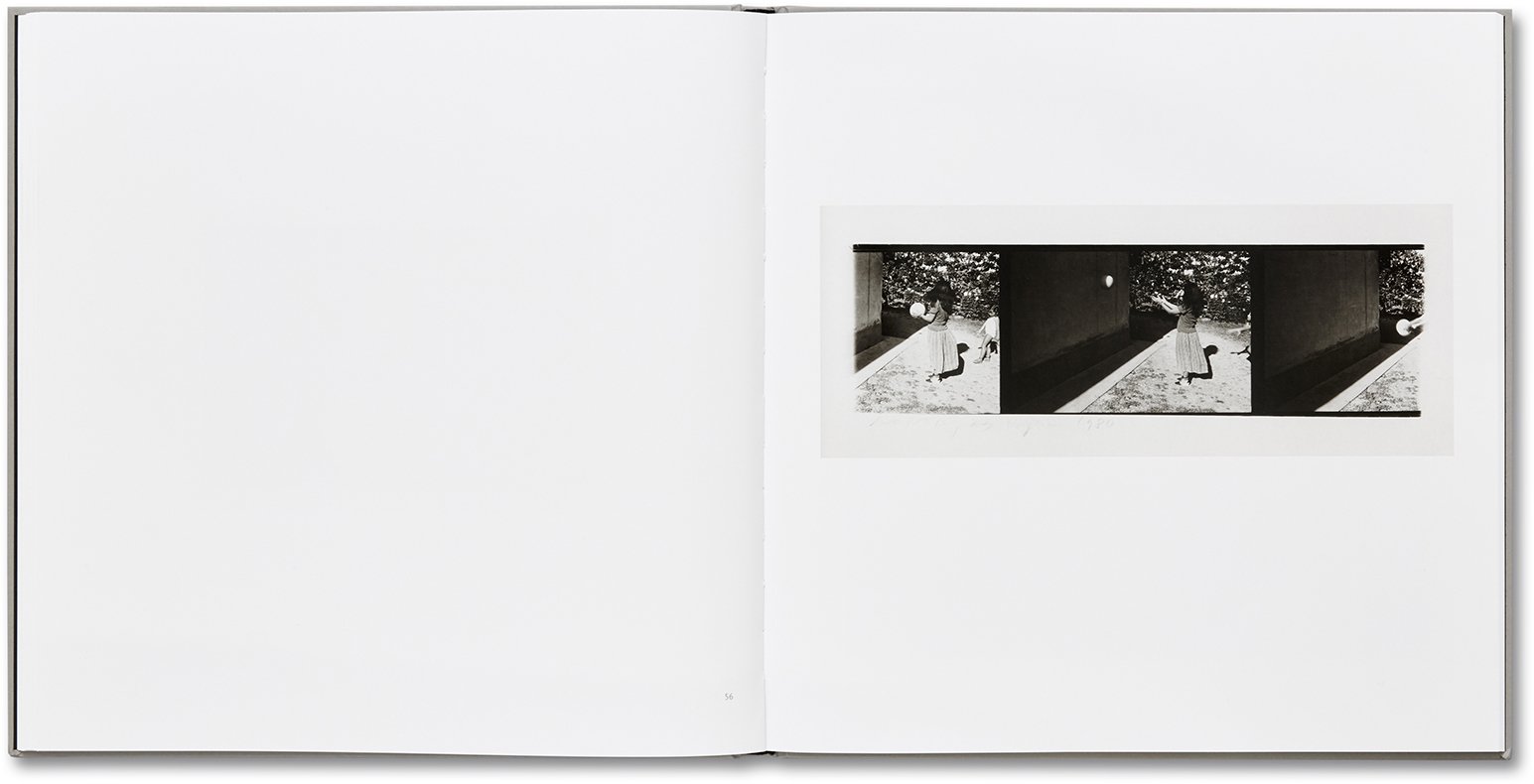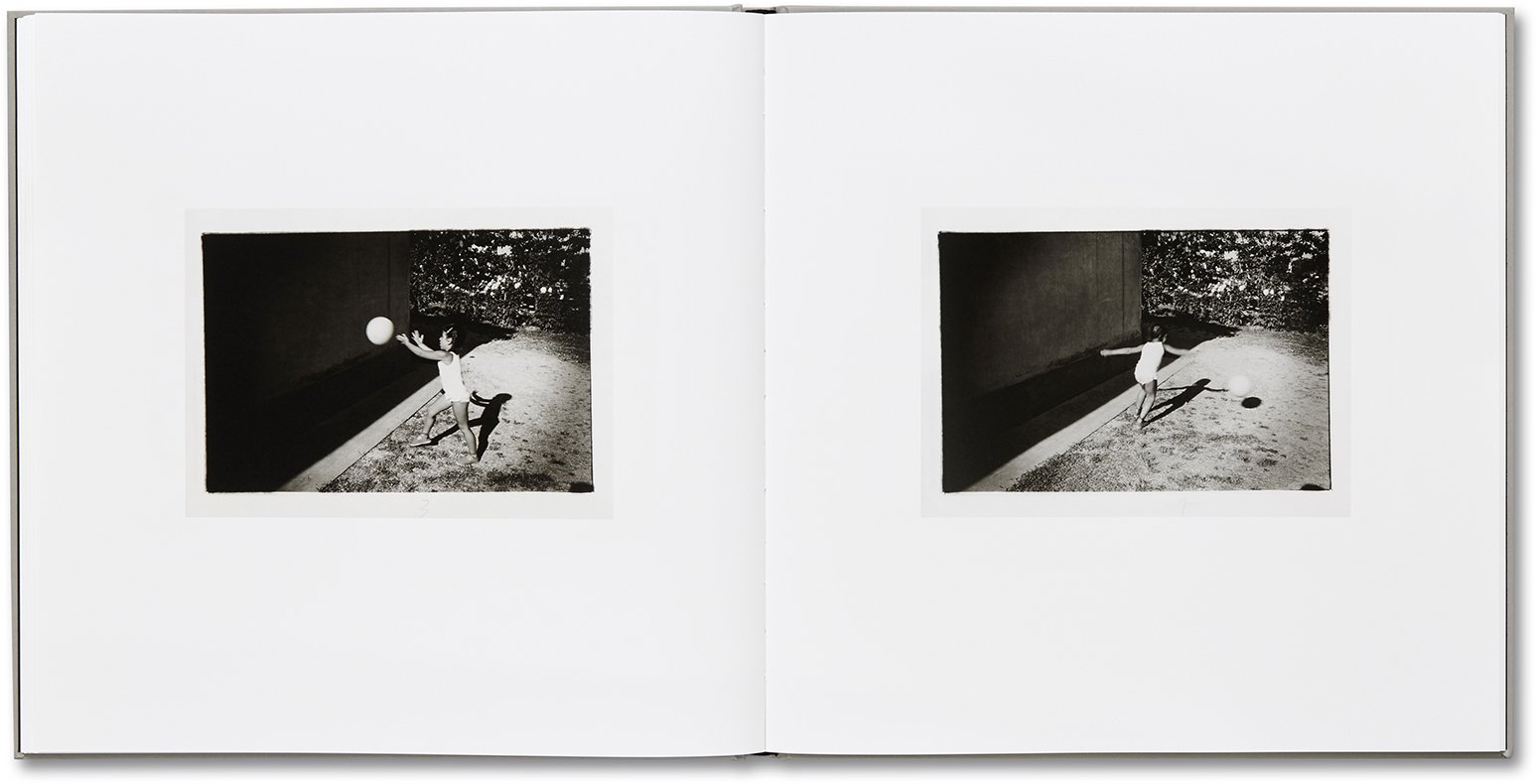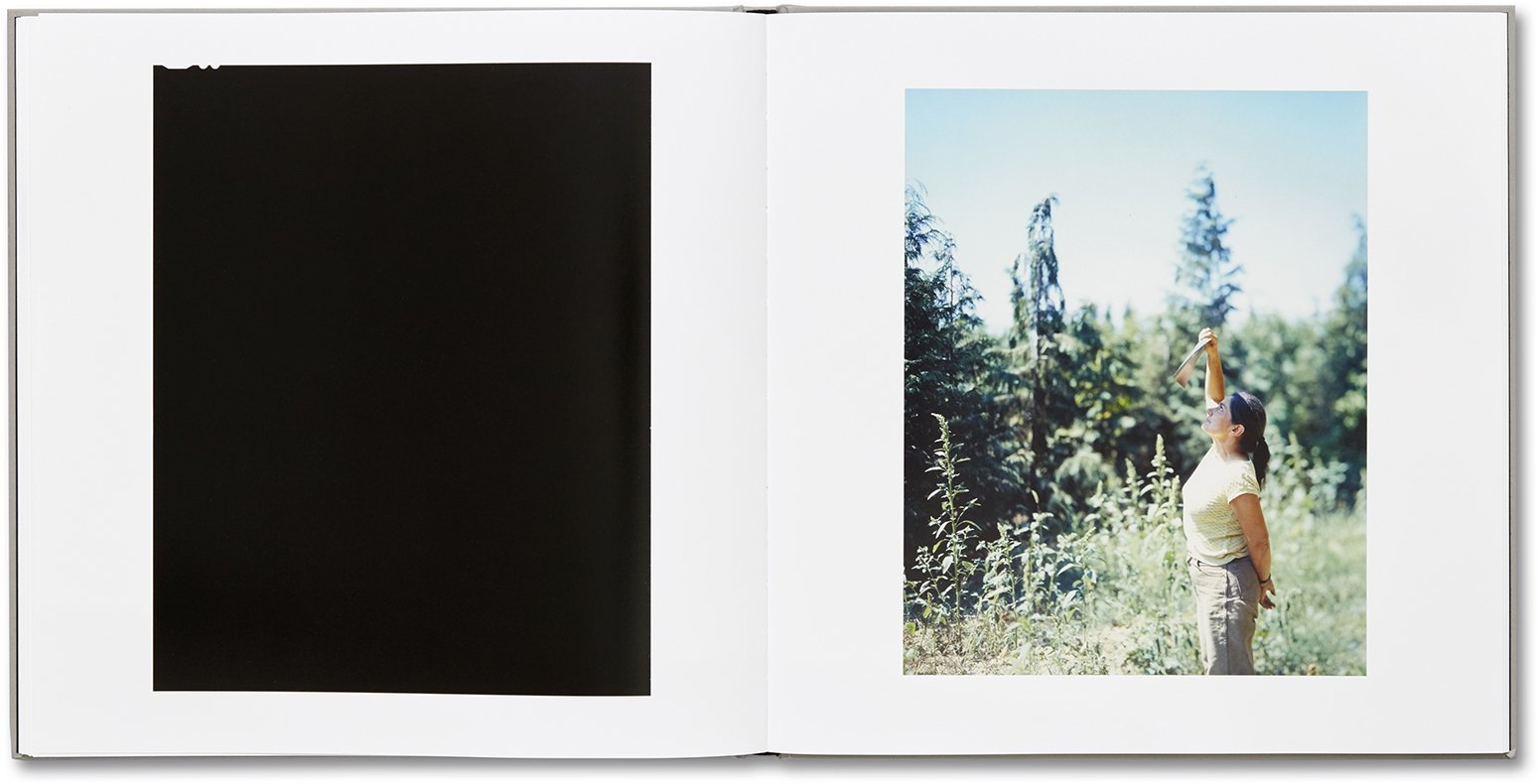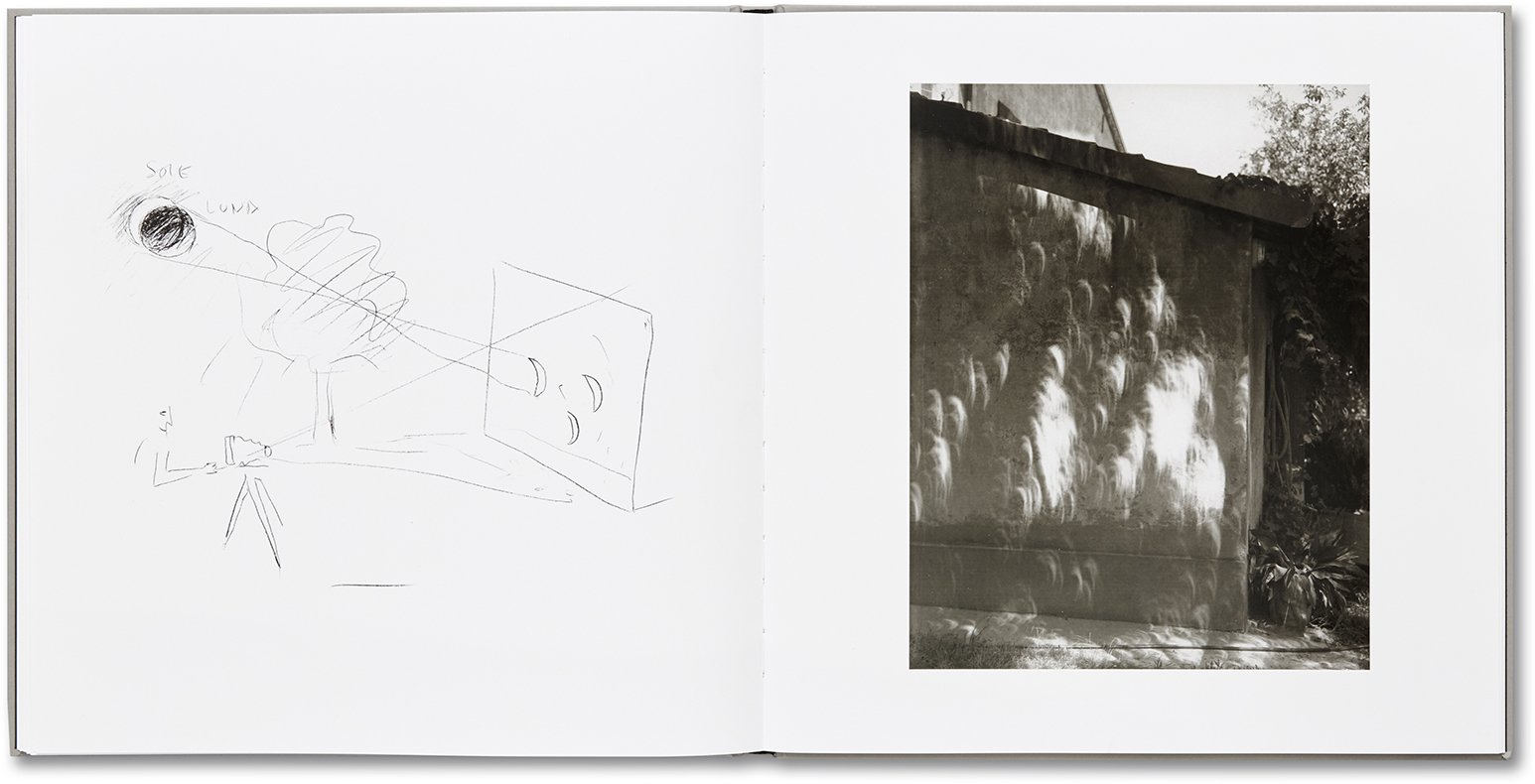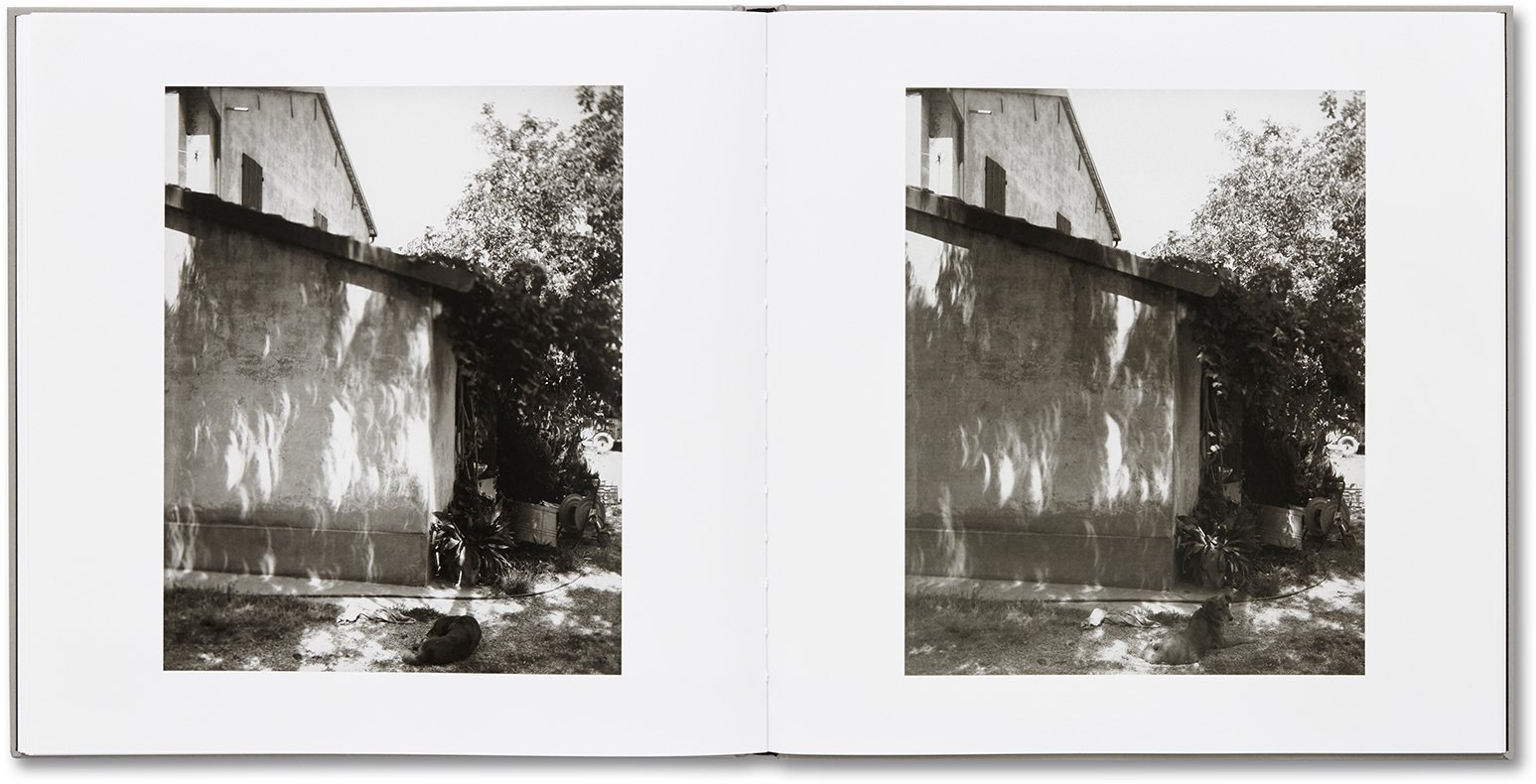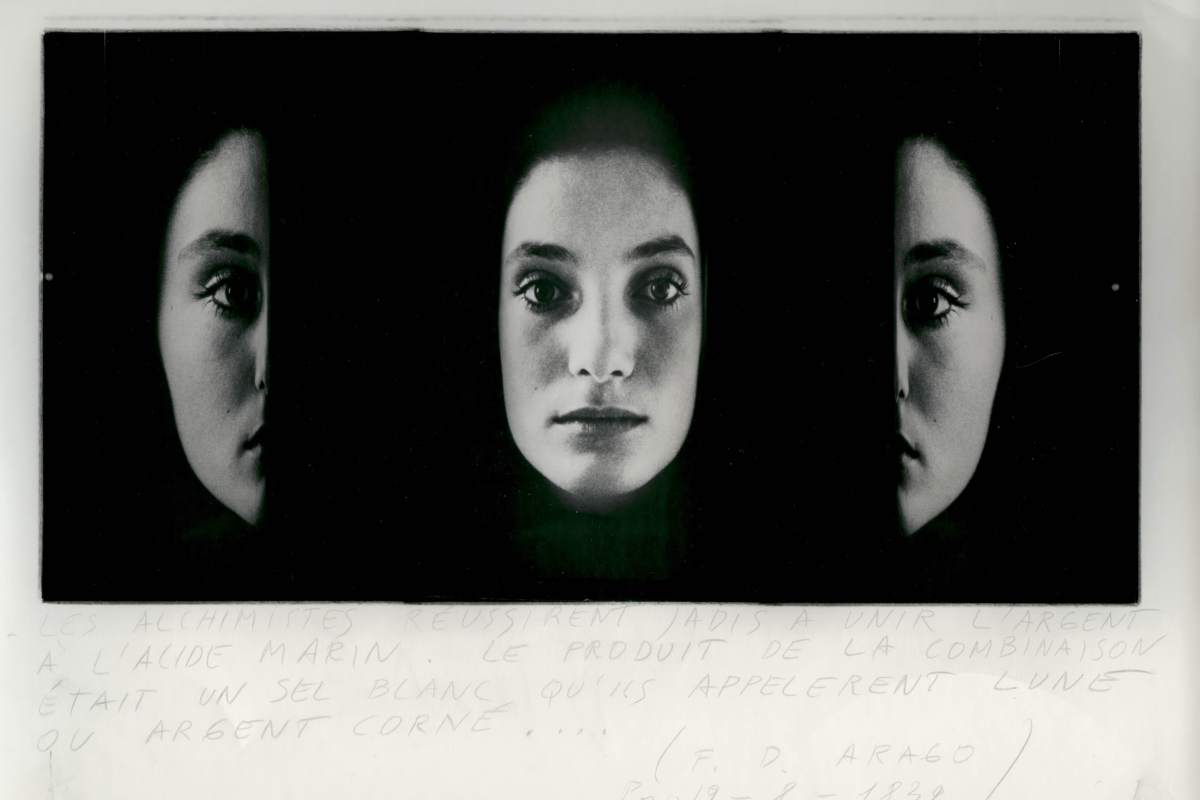by Luca Fiore
Recently, the frequency of publications (two a year) which Guido Guidi has accustomed us to, along with his publisher Michael Mack, might seem a little excessive. In the space of ten years, the photographer from Cesena has emerged from the shadows and become considered, for all intents and purposes, a master on the international stage. This is certainly, in part, thanks to the platform granted him by his English publisher. In 2018, his Per Strada was ranked in the list of the best ten books of the year by the New York Times. In 2019, it was the turn of In Sardegna, with the great exhibition at the Man in Nuoro, and of In Veneto. In the meantime, the Californian publisher Tbw Books has included Fuori Casa in its prestigious annual series, which includes stars of the photography world such as Gregory Halpern, Jason Fulford and Viviane Sassen. Such volumes collated works that Guidi created within the last fifty years, and which today are emerging from his drawers in more complete form; or even, in some cases, as unpublished series. The more time passes, the more his work is appearing in all its generous vastness and depth.
2020 has begun with Lunario, a collection of images shot between 1968 and 1999, which asserts, perhaps definitively, the impossibility of classifying Guidi as a ‘genre’ photographer, linked solely to architecture or landscape.

The book moves in numerous directions. On the one hand, the moon is shown as a mysterious element of the landscape which marks the passing of time, like a clock. On the other, we see everyday objects, themselves presented as lunar metaphors: a pruning knife hanging on the wall; the projection of a semi-circular light source on a wall; a ball which Anna, his daughter, throws repeatedly against the wall. Then there are the images created through experimentation with the photographic medium; the 1967 triple portrait of Mariangela Gualtieri, whose face initially appears only lit from the left, then from behind, and then only from the right. Or the landscapes of the Po delta shot with a fish-eye lens, which, with their circular contours, appear as solitary moons comprised of land and sky.
Yet the hidden gem of this book is its final series, shot during the solar eclipse of August 11, 1999. Guidi captures his wife as she observes the darkening of the sun with 8”x10” photographic film. As he turns, he notices on the wall of his Ronta home (the same against which, in the 80s, Anna bounced her moon-ball) a phenomenon never seen before. For a moment, he is confused. It is the phenomenon Aristotle once questioned in his Book of Problems: “Why is it that during eclipses of the sun, if one views them through a sieve or a leaf – for example, that of a plane-tree or any other broad-leaved tree – or through the two hands with the fingers interlaced, the rays are crescent-shaped in the direction of the earth?”. This is what is happening on the plaster in front of Guidi: on the wall, the shadow is no longer leaf-shaped, but takes the sickle shape of the eclipse. Guido Guidi turns his tripod around and begins to shoot. Five black and white photos. Then four in colour. The sequence captures the appearance and disappearance of Aristotle’s phenomenon. It is one of the moments in which Guidi considers himself “measurer” of time and space. “I was not so interested in the atmosphere”, he explains in the interview with Antonello Frongia which concludes the book, “as with the physical-optical fact of the crescent moon”.
Yet, looking at that plot of light and shadow animated mysteriously on the wall at Ronta, it is difficult not to think of the sky, the solar system, the universe, and the immensity our small eyes find themselves in. An immensity of which we cannot help but ask ourselves the meaning. These are topics which, in a more or less explicit manner, emerge in the interview with Frongia. It is a text which presents the scope of the cultural horizon Guidi is capable of, and has the power of a lectio magistralis.
